Setting the Scene
This one happened on a clear June morning near Colonial Beach, Virginia. A Van’s RV-6, N835BC, lifted from a small private grass strip after an overnight visit with friends, headed for a short hop home to Tappahannock (XSA). It never got there. Instead, the airplane made two low circles around a friend’s house; on the second, the bank steepened, the nose dropped, and the RV-6 hit the ground nearly vertical. The engine sounded healthy the entire time. The airplane was destroyed, and both occupants were fatally injured. That’s the whole story in one line—too low, too slow, too steep—but as always, the why matters.
The Pilot and the Airplane
The pilot was 28 years old, flying left seat in his personally operated, amateur-built RV-6. He held a private pilot certificate with airplane single-engine land and an instrument rating, and he carried a Class II medical issued previously without waivers or limitations. His most recent flight review had been completed two months prior, on April 4, 2023. The NTSB listed 355 total hours of flight time. The field labeled “hours in this make/model” showed “9999,” which almost certainly reflected an erroneous entry rather than reality, but we’ll stick to the document: 355 total time and an instrument-rated private pilot. The RV-6 itself was an experimental tailwheel build from 2005, powered by a Lycoming IO-320-EXP rated at 100 horsepower, with a maximum gross weight of 1,600 pounds. Two seats, light, lively, and perfectly happy to bite if you get slow and steep at low altitude.
Weather and Environment
The conditions were visual, daylight. The nearest reporting station (about 17 nautical miles away) had scattered clouds around 3,400 feet, four miles of visibility in haze, and an altimeter setting of 29.74 inches. Not a dramatic weather day—no wind data stood out in the record, no turbulence forecast, and no precip. This was not a weather story; it was a pilot-in-the-loop story, low to the ground in benign conditions where decision-making and energy management ruled the day.
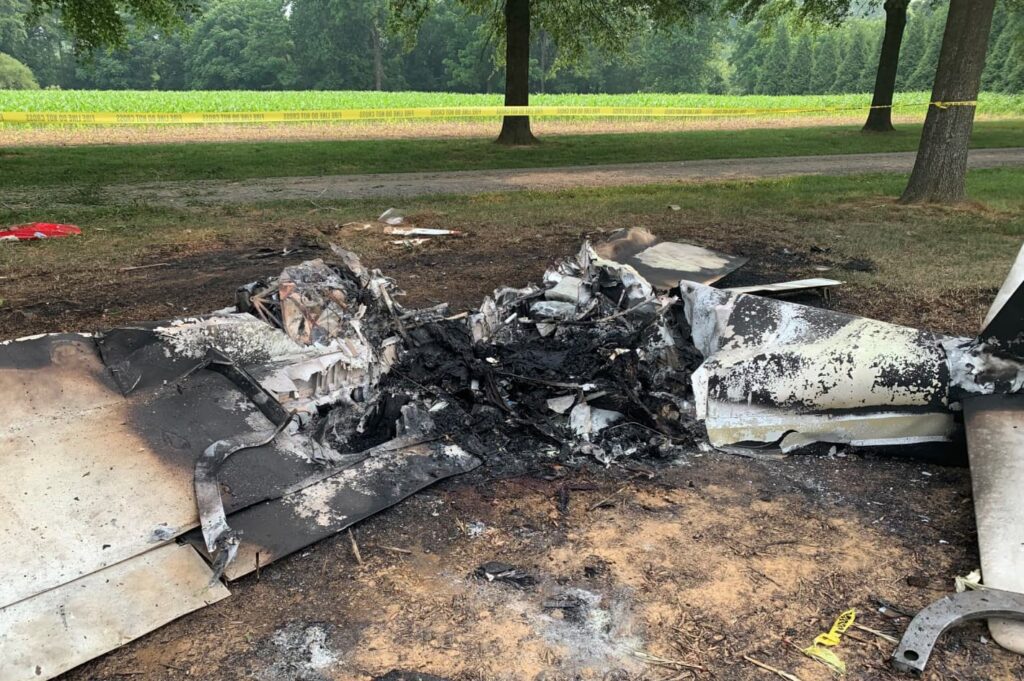
The Flight’s Last Five Minutes
A friend had driven the pilot and passenger to the nearby private strip around 09:45. About 30 minutes later, that same friend watched from his driveway as the RV-6 circled overhead. The first 360 came and went. On the second, the bank reportedly went “knife-edge” and the circle tightened, roughly 100 feet above the ground. Picture that: a tight turn, very low, with little kinetic or potential energy to trade. In a steep bank, your stall speed goes up, and your margin shrinks. The witness said the engine sounded strong, which is typical in these events—the airplane isn’t quitting, it’s being asked to do more lift than the wing can provide at the given angle of attack. Then the nose broke, and the aircraft descended nearly vertically into the ground beside the driveway.
Impact, Wreckage, and Engine
The wreckage footprint was compact, consistent with a near-vertical, low-energy forward-speed impact. Both wings remained attached but were accordion-crushed aft. The cockpit and inboard structure were consumed by post-impact fire. Control surfaces were accounted for, with the right flap found separated behind the main wreckage and other surfaces still attached. Investigators rotated the prop hub and got thumb compression and continuity on three of the four cylinders; borescope checks found no pre-impact anomalies. Accessories were mostly melted by fire, and the wooden propeller was shattered into several pieces near the impact crater. In short: nothing mechanical jumped out. The airplane flew under power to the scene of the accident and lost lift in the last seconds.
NTSB’s Bottom Line
The Board called the defining event what most of us would have expected: an aerodynamic stall/spin during low-altitude maneuvering. The probable cause stated that the pilot failed to maintain adequate airspeed while maneuvering at low altitude, exceeding the wing’s critical angle of attack and stalling the airplane. Importantly, the engine was reported to be “running well the entire time,” and no preimpact mechanical failures were identified. This was a pilot-technique and decision-making accident, not a parts-failure accident.
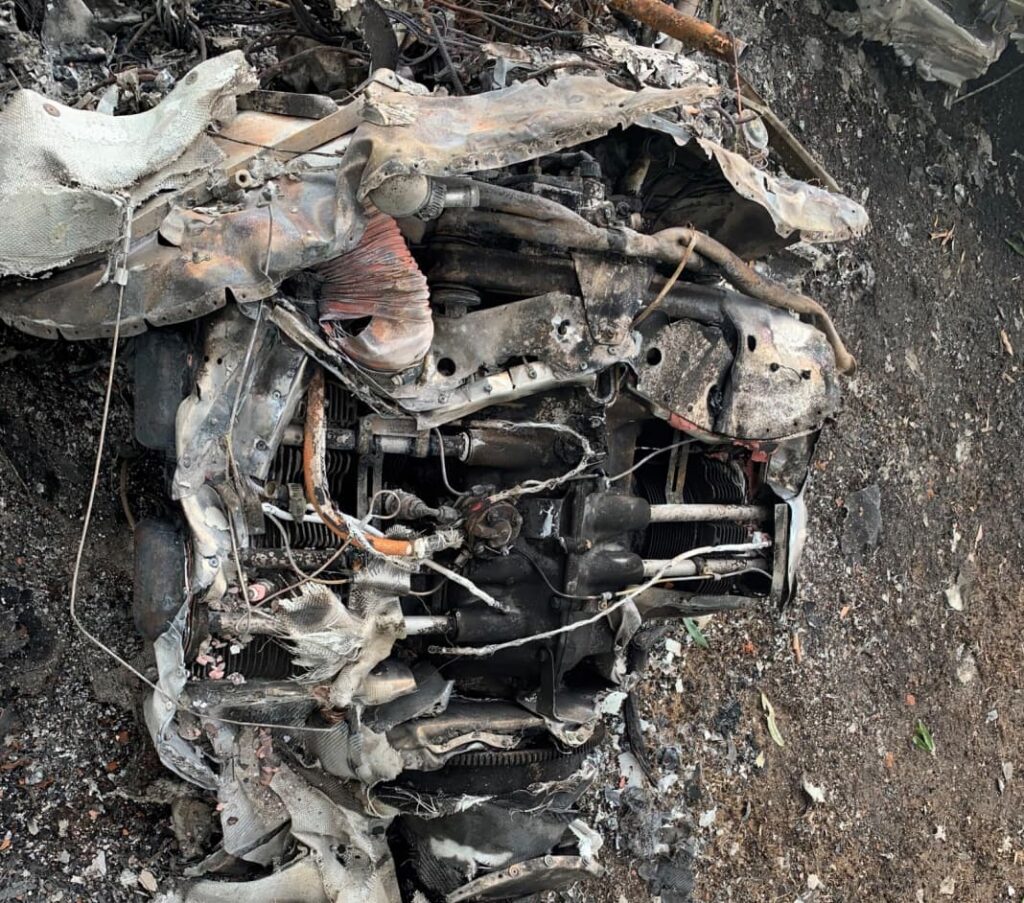
Why the Steep, Low Turn is a Killer
Let’s talk energy. At 100 feet AGL, you have virtually no room to trade altitude for airspeed if the wing starts to buffet or the ball slips off center. Bank angle increases load factor; load factor increases stall speed. Tighten the turn without adding enough power or airspeed, and you’re asking the wing for lift it can’t give. If you’re uncoordinated—and many “look at that” turns around a point can be—one wing may be closer to the stall than the other. The break can be abrupt, and the ground is not far away. Recovery requires lowering the angle of attack and adding power, but lowering the nose at 100 feet means you’re out of altitude before the wing is flying again. That’s the trap here: the maneuver can feel casual, controlled, even fun—until the physics catch up.
Human Factors and the “Show Me” Turn
This flight had a classic social pressure setup. The witness was a friend. The airplane had just departed a friend’s private strip. A low circle over a familiar house is a temptation many of us have felt. Even if the first pass was fine, the second pass is where the risk compounds: a little tighter, a little steeper, a little lower. The engine sounds strong, the airplane feels responsive, and the yard looks big enough. But the wing does not care that you’re nearly home, that someone is waving, or that you’ve done this before. It only cares about angle of attack. The human element here wasn’t recklessness so much as complacency—normalization of deviance at a very unforgiving altitude. The Board didn’t need to say that explicitly; the geometry and the witness statement told the story.
Safety Lessons You Can Use Tomorrow
First, draw a hard personal minimum around low-altitude maneuvering. If you want to circle a point for fun or to show a friend a wing waggle, do it with altitude—hundreds of feet, not dozens—and keep the bank angles modest. Know your bank-to-stall-speed relationship and give yourself energy margins.
Second, stay coordinated, especially when the ground is close. Use the ball like your life depends on it, because in a steep, slow turn, it does. A skidding turn toward the house feels like “more turn authority,” but it moves the inside wing closer to a stall.
Third, don’t let the airplane’s benign handling lull you. The RV-6 is a wonderful, sporty airplane, and that makes it easy to forget that it plays by the same aerodynamic rules as a 172 or a Cub. If you’re tailwheel and light, your roll response tempts you to “just tighten it a hair.” That hair can be the last two knots of margin.
Fourth, rehearse and brief “no-go” cues. If you ever hear yourself say, “One more circle,” ask what problem you’re solving. If the reason is social or cosmetic—someone watching, a photo, a wave—that’s a no-go. Climb to a safe altitude, turn with margin, and keep it boring.
Finally, remember that “engine running fine” does not mean “everything is fine.” Power can’t overcome an excessive angle of attack at 100 feet. The first recovery step is unloading the wing. If you don’t have the altitude to do that, you’ve already lost the fight.
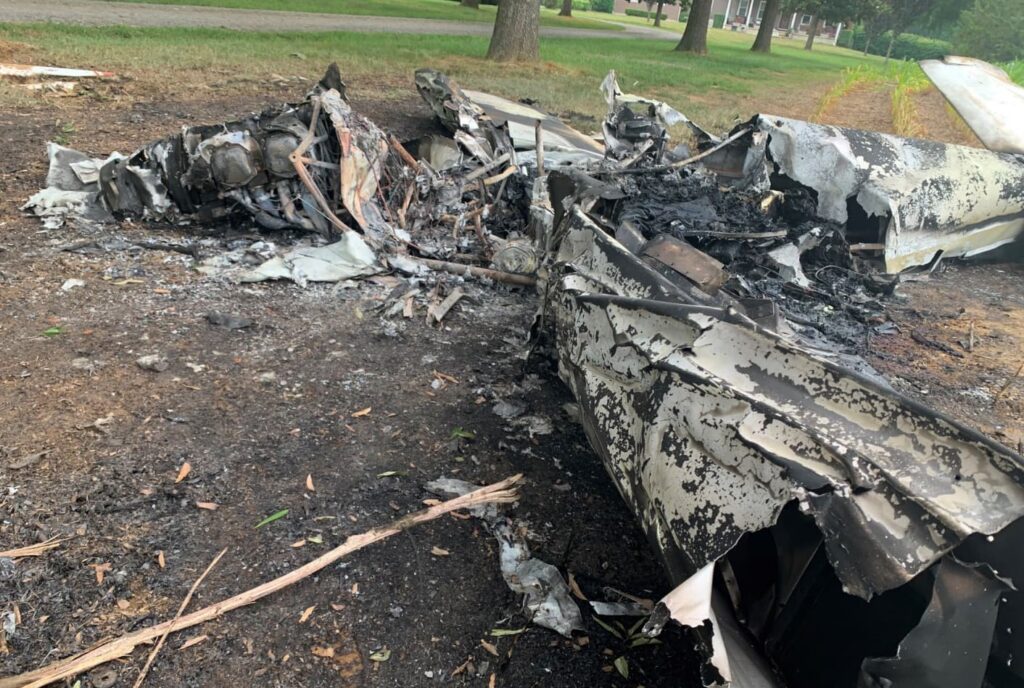
A Quiet Morning, a Sharp Lesson
This accident wasn’t about complex systems, IFR traps, or weather. It was about a good airplane, a young but qualified pilot, and a choice to maneuver steeply and tightly with no margin. The record showed a private pilot with an instrument rating and 355 total hours, current on his flight review. It showed a healthy engine and a compact impact site. It showed visual conditions that lured no one into trouble. What it didn’t show was any room for error at 100 feet AGL in a knife-edge circle. That’s where the story ended. It didn’t have to.





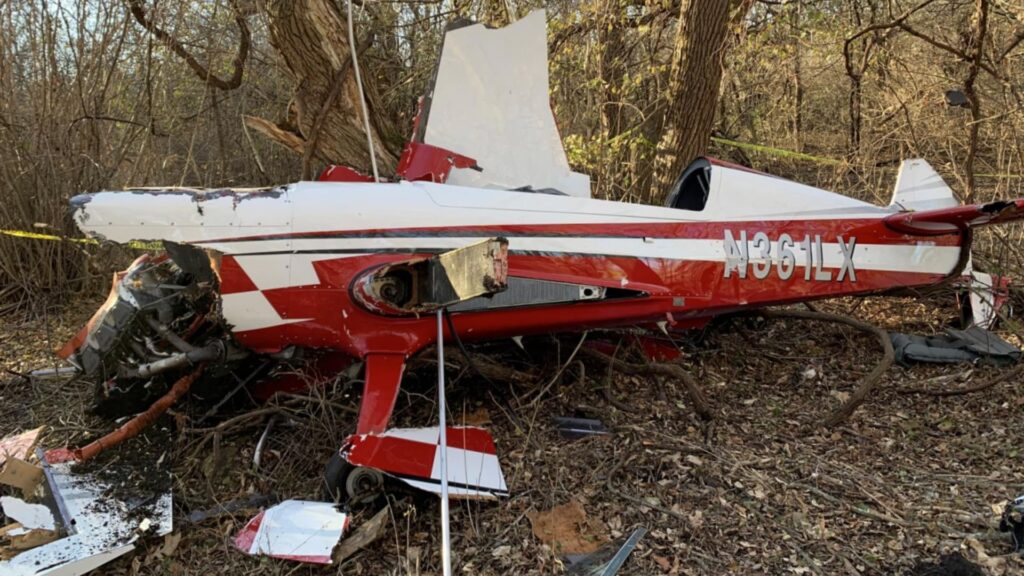
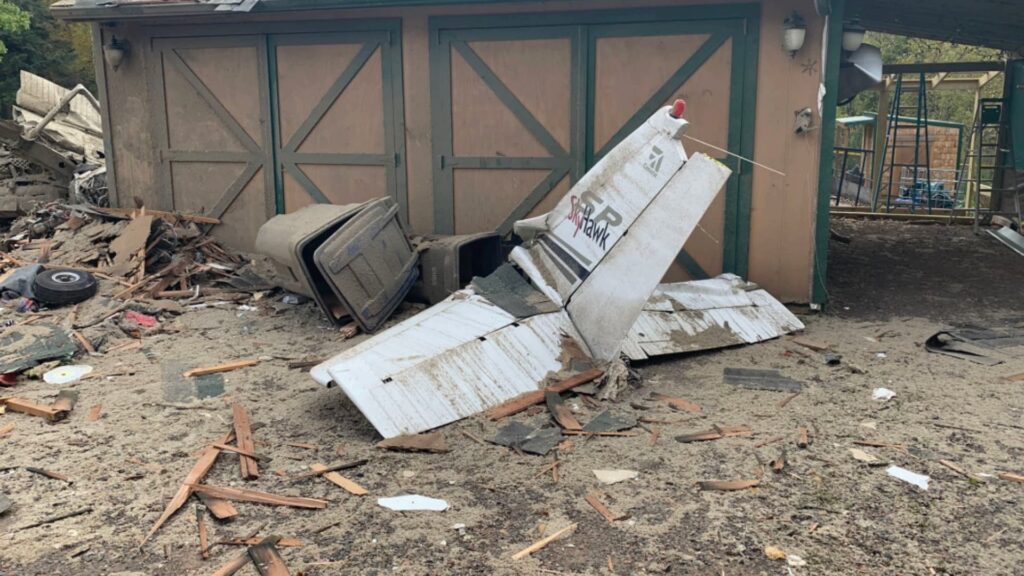
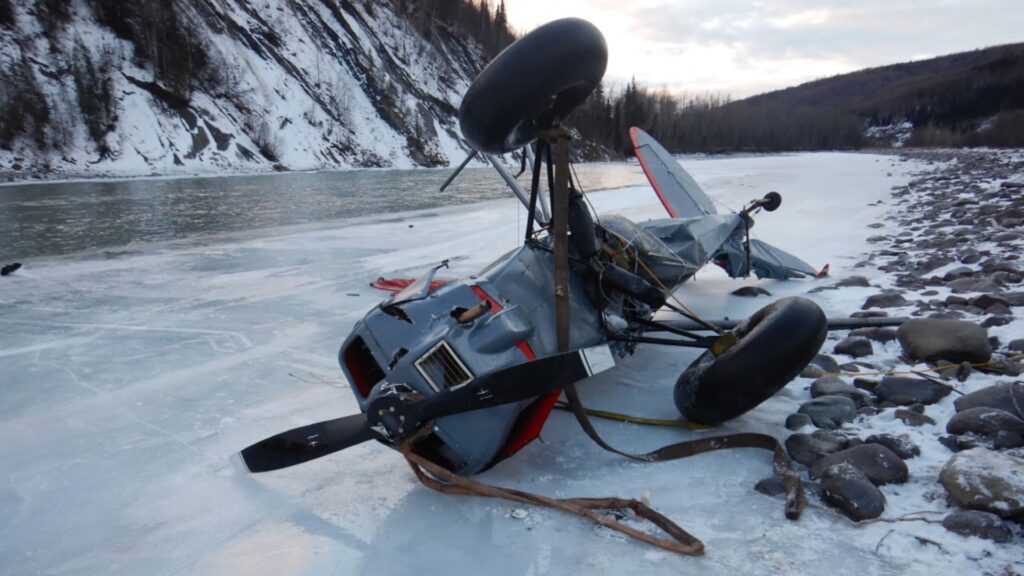
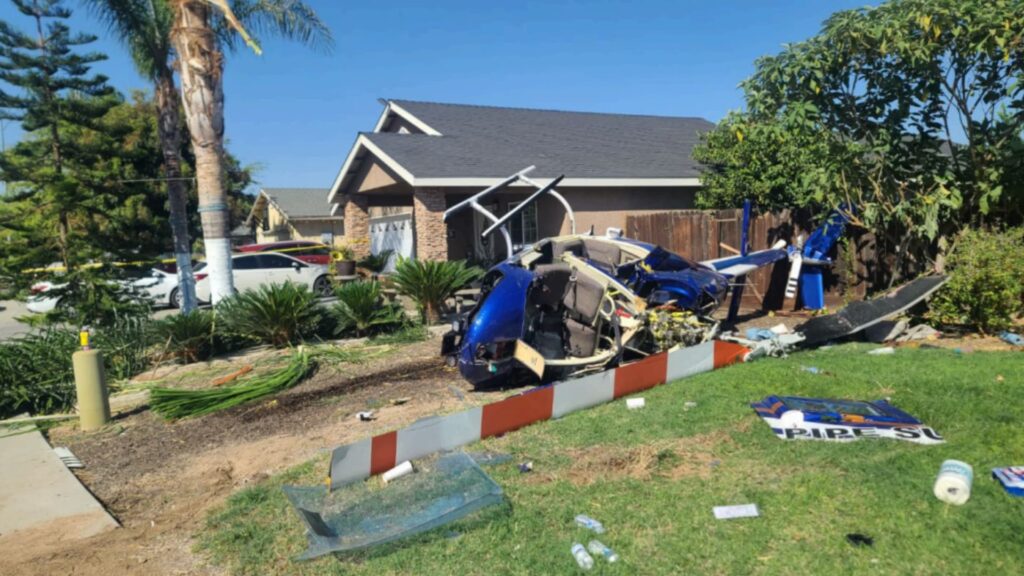
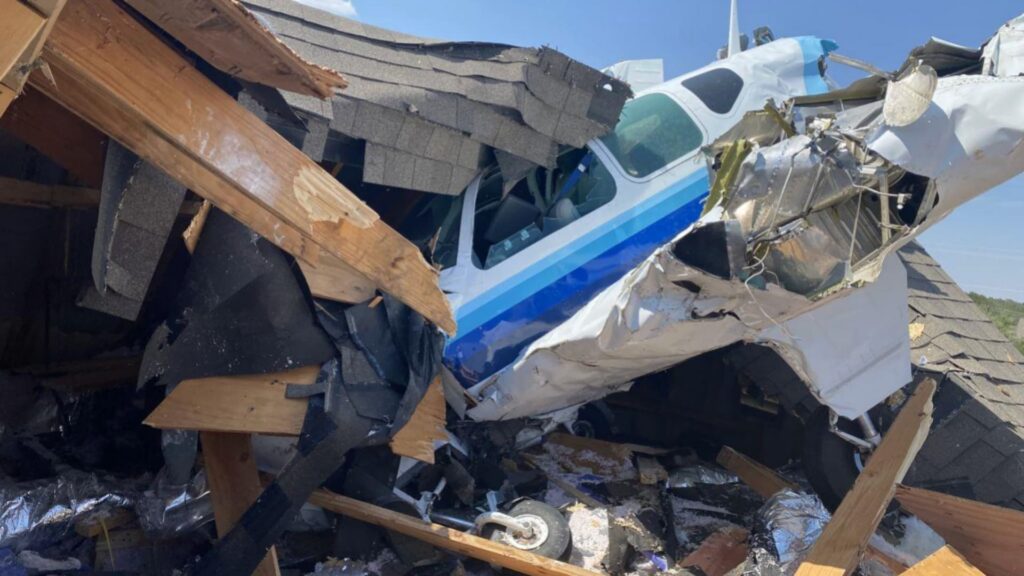
2 Comments
Nothing quite so useless as altitude above you. Nothing ever good comes from flat hatting that a wing waggle at a higher altitude wouldn’t cure.
This is just me but every “demonstration pass” I’ve ever flown has been wings level and as much airspeed as I could coax out of the engine/airframe while remaining within established limitations. If terrain permitted I would demonstrate a chandelle. I’m no thunderbird pilot flying an F-16 with power to spare. A healthy respect for my limitations as an airman, the (relatively) underpowered nature of general aviation aircraft and the fact that I need not concern myself with impressing earth people are all factors in the decision making process that have kept me alive. Then again what do I know?